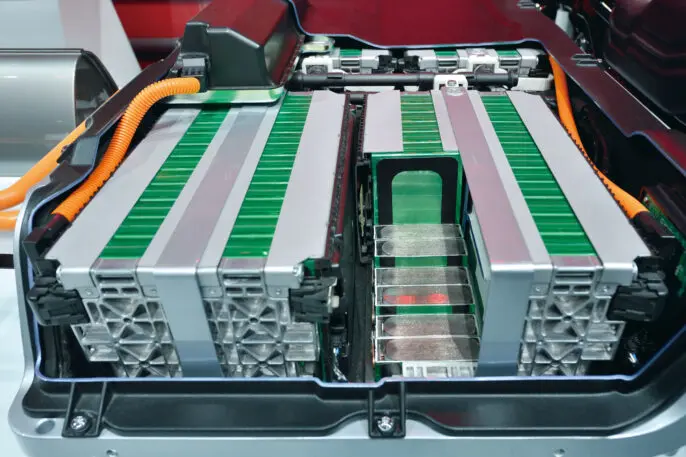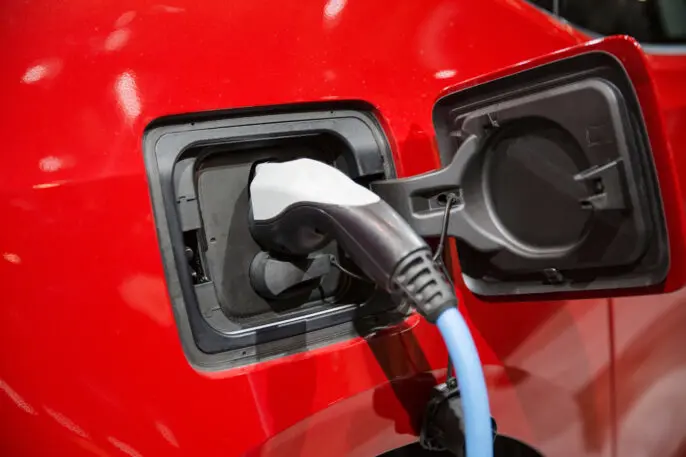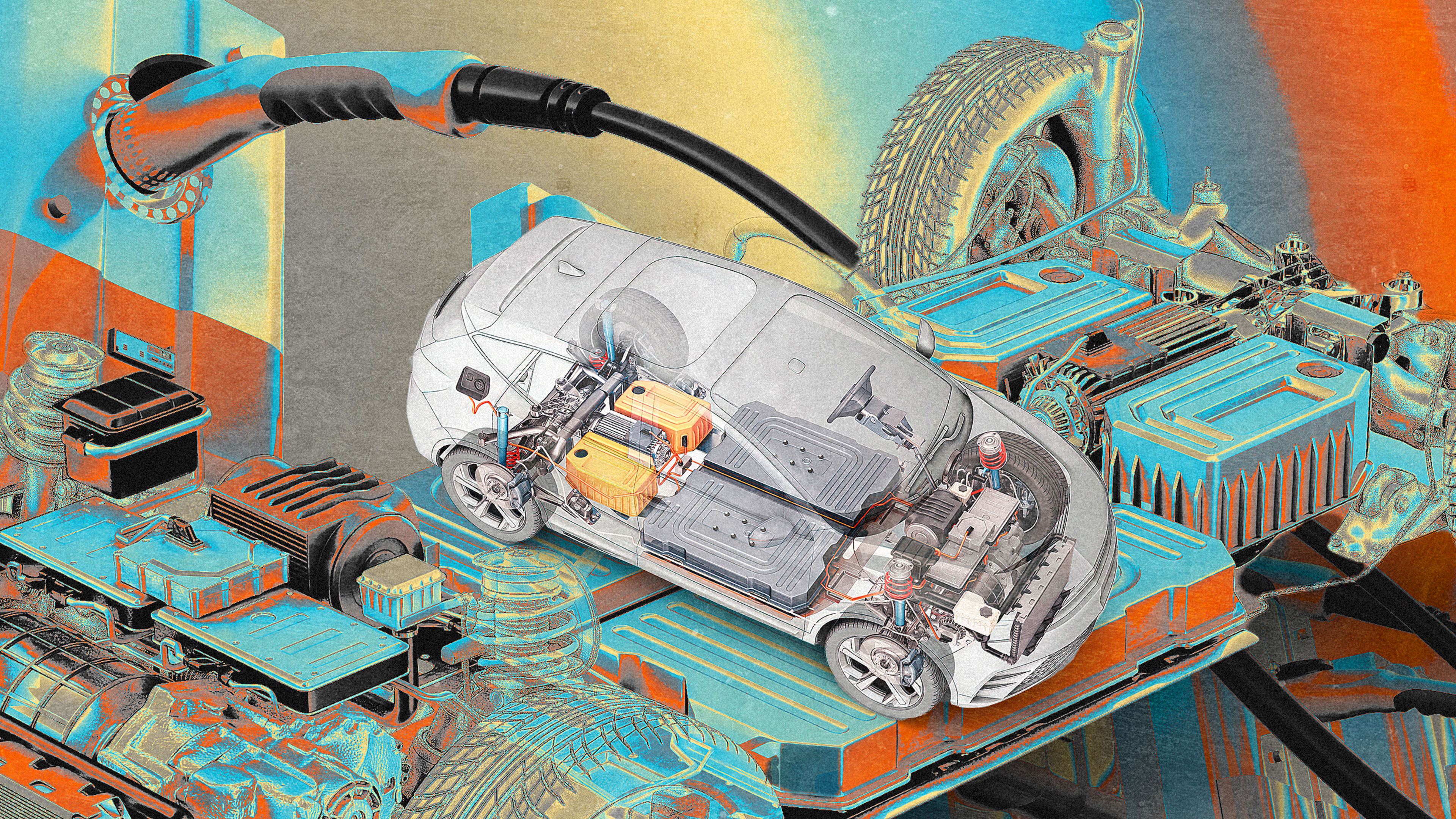Global sales of electric vehicles (EV) are projected to reach 40 million by the end of 2030. Coupled with The White House’s target that 50% of new U.S. car sales must be zero emission by the end of the decade, the industry needs to rapidly scale to achieve these milestones. However, before the global acceleration to the EV future can be realized, there are some fundamental challenges to overcome.
These constraints include battery technology, charging infrastructure, universal standards, and energy management. The industry ecosystem will need to navigate the current limitations if EV ambitions are to become a reality.
Battery technology
Current EV batteries are expensive and have a limited range. Even though people typically drive fewer than 30 miles a day, they expect the flexibility to make longer trips without needing to recharge. The problem is more acute for commercial vehicles, where stopping multiple times a day isn’t economically viable. At this stage, EV battery technology is ill-equipped for commercial use and as these vehicles contribute more emissions, solving this is vital.
However, there are innovations on the horizon that will address many of these limitations. Iterative technology developments, including anode and cathode material, packaging and format, and combination batteries, will all improve the range.

These developments will address EV batteries’ distance limitations, and 600 miles will become commonplace before the end of the decade, leaving range anxiety in the rear-view mirror. Another important step will be developing standards regulating in car battery performance.
As EV adoption increases, this will drive up the demand for different raw materials resulting in some supply chain disruption. As a result, battery costs will take longer to decrease and affordability will remain a challenge in the immediate future. However, prices will drop as the industry increasingly shifts to recycling materials to ensure long-term sustainability.
Charging infrastructure
Another critical hurdle is the lack of charging infrastructure. In North America, 80% of charging happens at home, and with 30% of households residing in multifamily units, improving access to charging stations is essential. In addition, a robust charging network for commercial vehicles, including rural areas, is mission critical. Until this is addressed, it will limit market growth.

However, it’s not just availability; charging speed is another barrier, particularly for commercial vehicles. To provide perspective, there are only 6,000 fast charging stations in the U.S. Once ultra-fast charging is pervasive, it will overcome many of the negative perceptions around the transition. And with high-powered charging on the horizon charging time will start to decelerate.
Energy management
Another hurdle as EV use expands is reducing the risk of grid overload. This will require smart energy management, with the government taking the lead in developing a roadmap to ensure the necessary energy capacity. Alternative energy sources such as solar and wind renewables will be critical to balance generation and load.
As the decade progresses, there will be a shift away from centralized distribution. Innovations, including bidirectional chargers that take energy from the grid overnight when demand is low to recharge the car and then sell the excess power back to the grid, will make this possible. The transition to energy storage rather than relying on building capacity will address many of the problems.
Development of worldwide standards
Scaling EVs across the globe requires having a set of common standards. For example, in the U.S., there isn’t a universal adapter, so drivers need to purchase other connectors to avoid getting to a station and finding they can’t charge. Regulatory authorities must develop a framework to help facilitate scaling and the industry ecosystem will need to drive the adoption. These standards will be wide-ranging, including a universal connector to avoid compatibility problems, charger port location, charging topology, a secure payment system, and in-vehicle battery performance.
It’s a pivotal time for the industry as it strives to scale. Unless the barriers outlined are addressed, the road to an electric mobility future will continue to be hampered by potholes. However, there is a clear path forward through a combination of technology innovation, government support, and collaboration from the industry ecosystem.
Recognize your brand’s excellence by applying to this year’s Brands That Matter Awards before the early-rate deadline, May 3.
